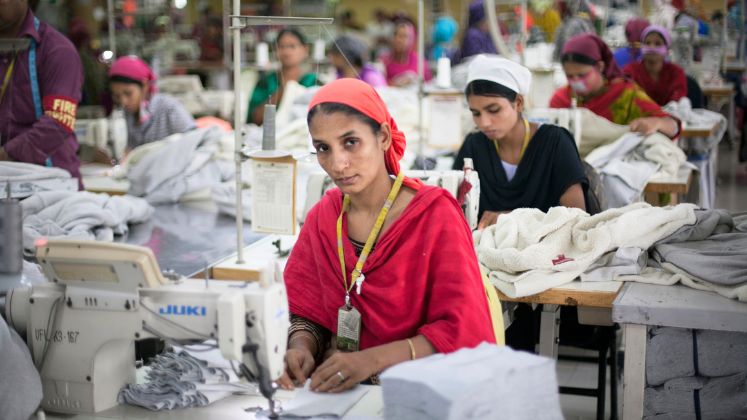
In a concerning trend, the share of women in Bangladesh’s garment industry has decreased to 53 per cent in 2023 from 56 per cent in 2014, according to a recent study presented at an annual development conference by the Bangladesh Institute of Development Studies (BIDS).
Kazi Iqbal, research director at BIDS, revealed these findings during a session in Dhaka, highlighting shifts in the distribution of female workers across various segments of the country’s key export sector. While there has been an increase in female participation in home textile and woven industries, significant declines were noted in jacket-making sectors.
Historically, women constituted over 80 per cent of the garment workforce during the industry’s early years. However, as reluctance to engage in labour-intensive factory work has grown, female participation has steadily decreased. The study also pointed out that second-generation workers show less interest in joining the garment sector, contributing to an overall decline in the number of garment workers. Mechanisation has rendered many roles, such as machine operators and their helpers, obsolete, while the number of factory supervisors and management personnel remains largely unchanged.
The study further indicated that for every US $ 1 million spent on new equipment, an average of 4.13 to 2.15 workers lose their jobs. While modern technology and automation are displacing labour, they also create new employment opportunities. The report noted that the increasing capabilities of local firms have driven automation, thereby reducing the need for labour to operate machinery. Gender-biased technological transitions have also impacted female participation, particularly in roles like machine operators.
Another study presented by BIDS Research Associate Jayed Bin Satter indicated a similar decline in female participation across the broader manufacturing sector, with a notable decrease in female business leaders driven largely by their exit from the garment industry.
Farhin Islam, a BIDS Research Associate, highlighted the intergenerational effects on workers’ education and noted that while real wages have remained stagnant, collective bargaining has played a critical role in improving wages, benefits, and working conditions. Trade unionisation was found to enhance women’s decision-making power within families, although factory-level unions often lack the influence needed for significant empowerment.
The findings underscore the complexities facing female workers in Bangladesh’s garment industry, as economic shifts and technological advancements continue to reshape the landscape of labour in the sector.






